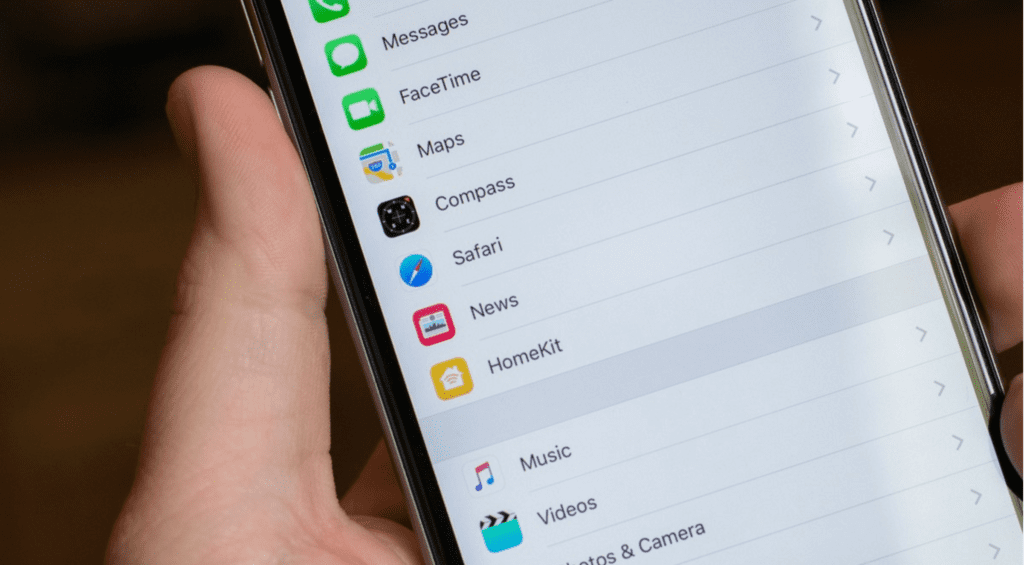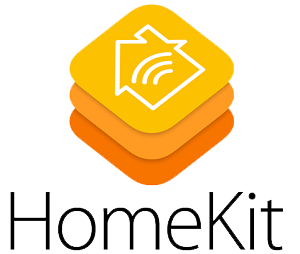
Home Automation Hub Comparison: Apple HomeKit and Yonomi
Last year, Apple debuted its iOS home automation system, called HomeKit. HomeKit gives you remote control of your home, including lights, appliances and more. It’s available on iOS 8.1 and later.
Since the recent Apple Event offered no HomeKit updates, most of what we know about how HomeKit works came from Apple’s Worldwide Developers Conference this past June.
How Does HomeKit Work?
HomeKit doesn’t just exist to automate homes; it exists to make the current state of home automation simpler than it’s been up until now. With HomeKit, Apple created a common language that can be used by smart devices from any manufacturer.
What does this look like? Your thermostat and your door locks can now communicate with each other to make sure your home isn’t wasting energy while you’re away. Or set your home to “party mode” before a group of guests arrives, and the lights dim, music turns on and the temperature drops a few degrees.
You’ll also be able to control your home’s smart devices remotely: Turn lights off from afar or make sure the deadbolts are locked when you’re miles down the road, for example. The system uses Siri, just like in the iPhone, so everything can be voice-controlled.
It’s up to each manufacturer to design their smart devices to be HomeKit-enabled. So far, Apple has partnered with a good variety of names, including Honeywell, Withings, Philips, iDevices and Kwikset. See all enabled devices.
The real appeal of HomeKit is grouping. Grouping allows you to perform actions like turning off all the lights in your house with a single spoken command, instead of making the request to Siri one by one. There are also grouping functions called action sets or scenes, which allow for event-specific sequences, such as bedtime, waking up or the previously mentioned party mode.
All these actions are arranged and executed from a single smartphone, but the Apple TV doubles as a control hub when users are at home. Learn more about how HomeKit works.
HomeKit is particularly interesting to us because of its similarities to the Yonomi smart home app.
HomeKit Compared to Yonomi
Yonomi is a simple app that connects smart devices throughout your home, without any additional hardware. Besides acting as a home automation hub for controlling multiple smart devices, Yonomi has “routines” that work similarly to HomeKit’s groupings. Routines determine how and when devices interact with each other.
The smart home space is relatively uncrowded, and while Yonomi is new on the scene, it has a lot going for it. For one, it’s available for iOS and Android users, and can be synced with multiple tablets and smartphones.
This is Yonomi: Simple and functional.
Simplicity is one of Yonomi’s biggest advantages. The app makes setting up and controlling a smart home as automatic as possible. With little effort on your part, it recognizes and categorizes your smart devices. All you really have to do is tell it what to do with the devices it finds.
By contrast, there’s one big hitch with HomeKit. For each smart home device, you have to download the corresponding app made by that item’s manufacturer. After downloading all the required apps and individually naming all the items, you have to go through a set-up process to sync them with HomeKit.
Another trait working in Yonomi’s favor is that it already supports an impressive array of big-name manufacturers. It shares GE, August, Philips, Cree and Withings with HomeKit. It also supports manufacturers not yet associated with HomeKit, like Belkin, Jawbone, Sonos, Nest, Mimo and Quirky. See the full list of supported devices. The company hit the smart home market in a big way: It partnered with Target to be featured in the retail hero’s new concept store, Open House, which we can best describe as an internet-of-things showroom.
Yonomi’s device list, plus the fact that it automatically detects and names each device, means users can hit the ground running as soon as the app downloads to their preferred iOS or Android device. There’s minimal set-up, although complicated routines naturally require extra user input. Plus, Yonomi is free!
Download Yonomi today for iOS or Android, and let us know what you think!


